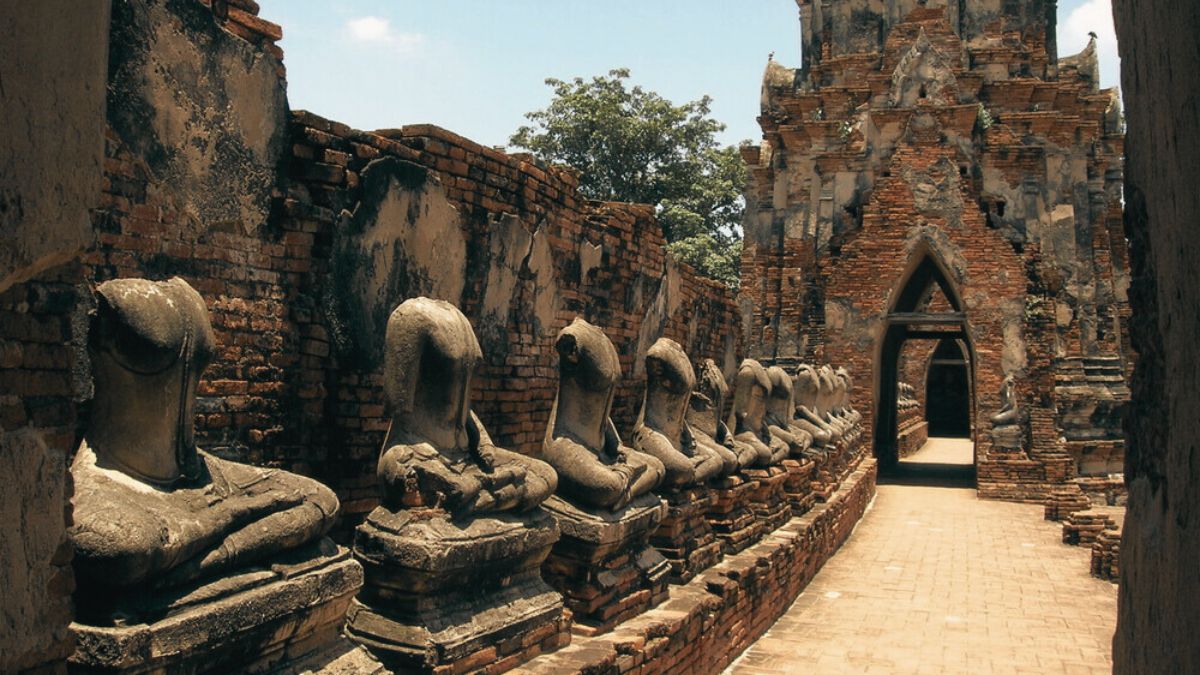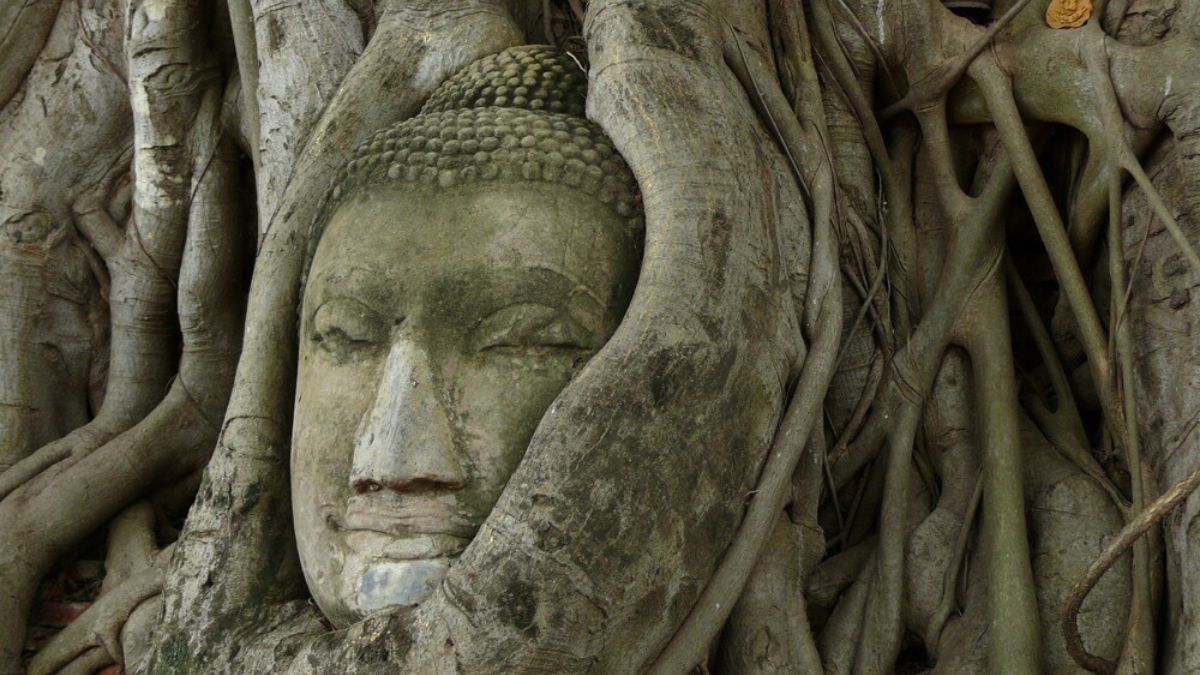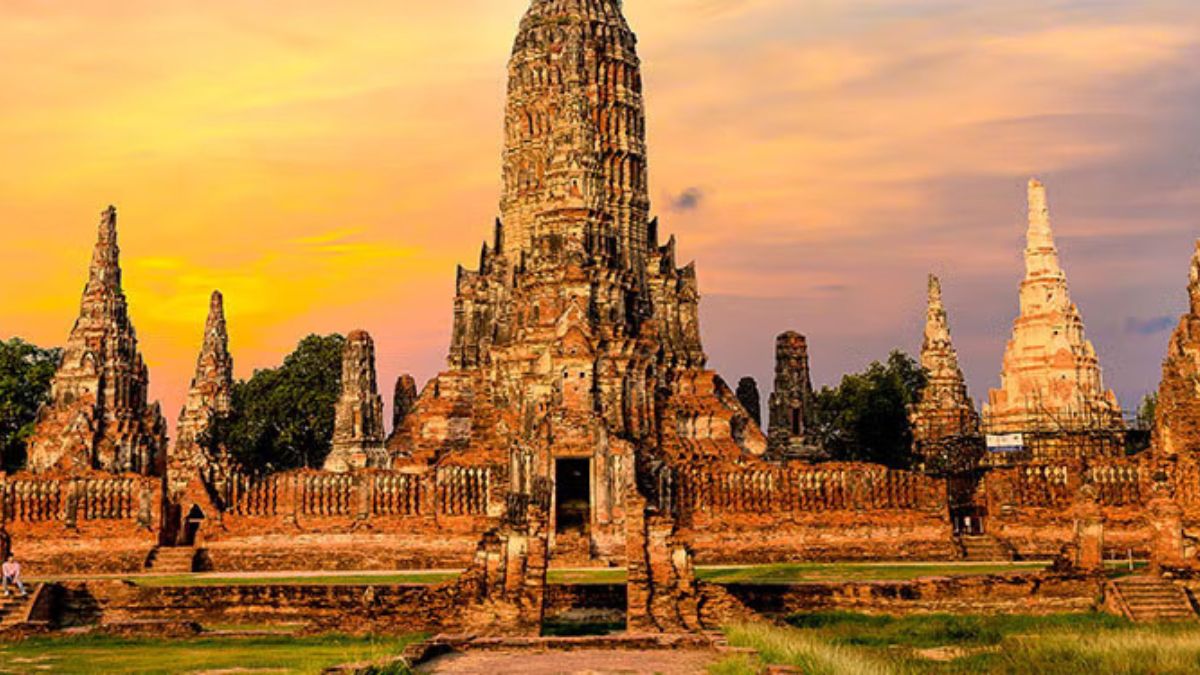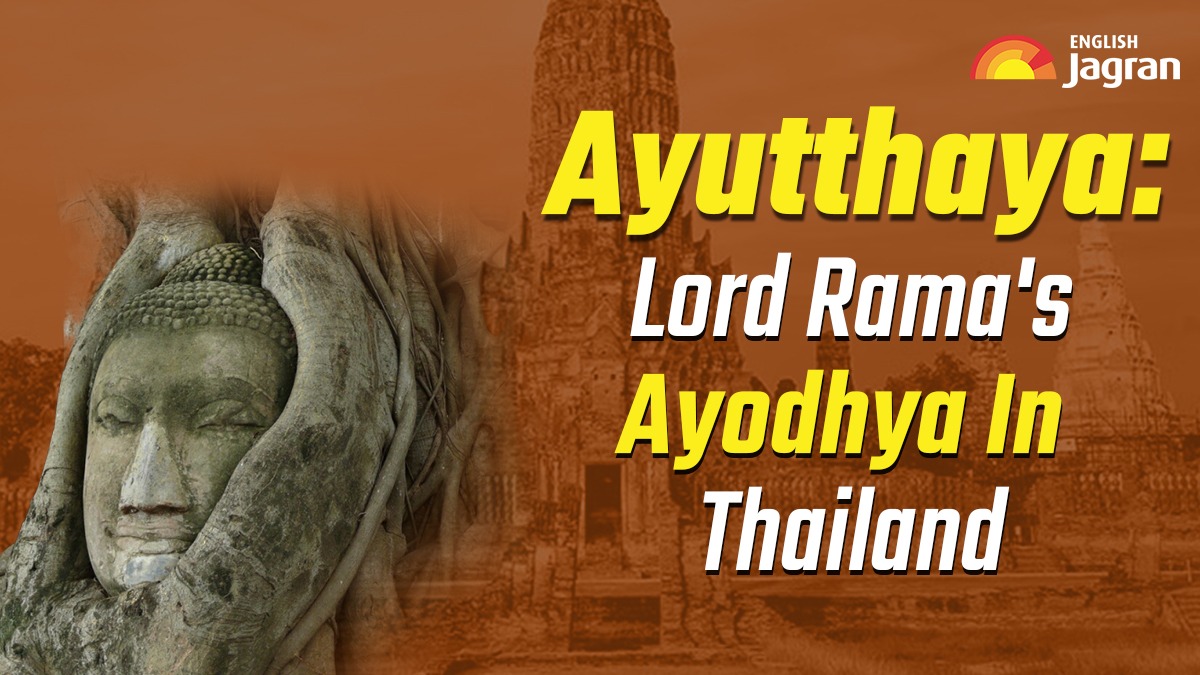- By Kamal Kumar
- Thu, 30 Nov 2023 09:58 PM (IST)
- Source:JND
In the tapestry of time and tradition, Ayodhya of India and Ayutthaya of Thailand emerge as interconnected threads, weaving a story of shared beliefs and intertwined cultural legacies. Despite geographical distances, these two ancient cities are bound by a common reverence for Lord Shri Ram, transcending borders and standing as testaments to the resilience of cultural roots between the two.
Ayutthaya: The Thai Ayodhya
Ayutthaya, pronounced as Ayodhya or Ayothya, was the capital of an ancient Thai kingdom known as the Ayutthayan Kingdom. The kings of the Ayutthayan lineage were considered the incarnation of Lord Rama - the 'Maryada Purshottam' or the man who perfected righteousness- a Hindu God whose largest temple is being built in India's Ayodhya.

Also Read: Tents Put Up Across Ayodhya Ahead Of Ram Mandir Consecration; Here's Why
Ayutthayan kings who ruled over the kingdom from 1350 to 1767, were given the title of 'Ramatibodhi,' highlighting their connection to the revered Hindu god. Much like its Indian counterpart, Ayutthaya's devotion to Lord Ram was unwavering. The ruins of Hindu temples stand testament to this spiritual connection, with places of worship dedicated to Lord Vishnu, Lord Brahma, and Lord Shiva still dotting the landscape, merely 50 kilometres from the capital of Thailand, Bangkok.
Even today, the city, which was raged by more than 22 Burmese invasions in the period of Ayutthayan kings, carries the remnants of its glorious past.
Historical Tapestry of Ayutthaya Kingdom
The Ayutthaya Kingdom (1351-1767), a precursor to modern Thailand, emerged in the late fourteenth century amid the decline of the Khmer Empire. Soon, it became the most prosperous kingdom of the Indochinese Peninsula. The kingdom faced wars, including Burmese invasions and civil wars, but also witnessed cultural flourishing during the "Golden Age" of Thailand under King Narai.

The seventeenth century saw Ayutthaya as a bustling hub of international trade, fostering cultural ties with distant lands, including the court of King Louis XIV of France. However, the eighteenth century brought challenges such as the Burmese invasion of 1767, ending Ayutthaya's 417-year existence. Owing to the savage invasion which saw the city burning to the ground, the seat of the Siamese kingdom shifted to Thonburi and later Bangkok.

Foreign accounts often referred to Ayutthaya as "Siam," yet the people identified as Tai, a word resonating with their cultural identity. Today, only the ruins of the glorious kingdom can be seen, however, the the bits and pieces of history entangled in the remnants of ancient temples, Sanghas and Viharas, still transcend through the borders.

